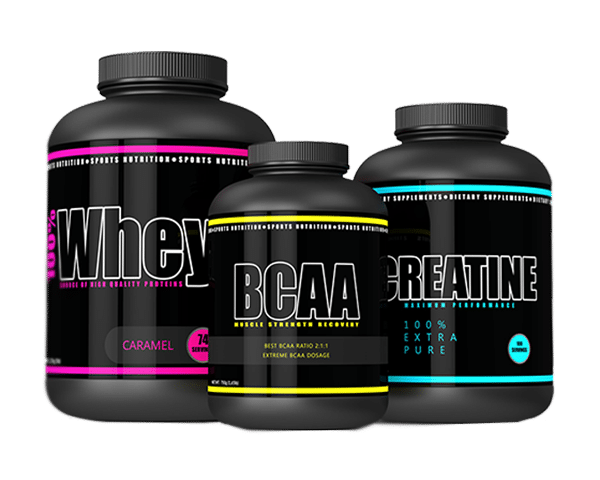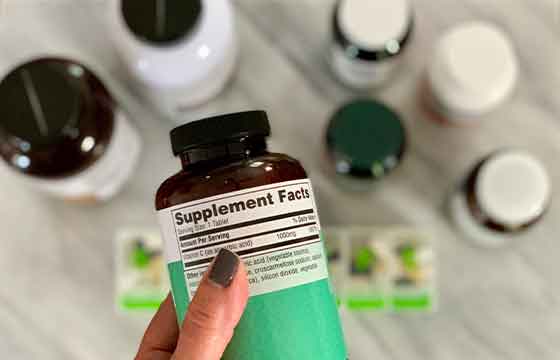
Introduction:
The Consolidated Appropriations Act, recently passed by the US Congress, incorporates revisions to US cosmetics laws. The Modernization of Cosmetics Regulation Act of 2022 (MoCRA), which has been in the works for years, is the biggest change to cosmetics legislation in recent U.S. history.
The U.S. Food and Drug Administration (FDA) can now impose stricter regulations on the cosmetics business according to MoCRA, which increases the agency’s regulatory jurisdiction over the sector. Cosmetic producers should be aware of the changes in the bill even if FDA has not yet established specific requirements. Keeping up with the latest FDA cosmetic regulations can be an overwhelming task and in this article, we will help you navigate MoCRA and FDA cosmetic regulations.
What are the FDA Cosmetic Regulations?
The FDA is responsible for regulating cosmetics in the United States and works to protect public health by ensuring the safety of cosmetics. All cosmetic products, including all ingredients used in those products, must comply with FDA rules before they can be sold to consumers. Cosmetic companies are held responsible for the safety of their products under Section 21 CFR 740, which requires them to have a reasonable basis belief that their products are safe before they can enter the market.
What are the Different Types of Cosmetics and Their Regulatory Status?
Cosmetics can be divided into four distinct categories with separate FDA regulatory statuses. The categories are Color Additives, Over Counter Drugs, Prescription Drugs and Devices, and Cosmetics/Soaps. Within each category, there are specific regulations that must be followed, such as listing all ingredients on the product label and submitting safety testing results to the FDA. Companies should thus familiarize themselves with the relevant guidelines to remain compliant with all applicable laws.
How do Companies Register their Cosmetics with the FDA?
To register cosmetics with the FDA, companies must first fill out a Cosmetic Registration Form. The form must include the company’s information and contact details, a comprehensive ingredient list, and any relevant safety testing. Once the form is complete, it must be submitted to the FDA for review and approval. Companies should also maintain appropriate records of their compliance efforts to remain compliant with all applicable regulations.
11 ways MoCRA will enhance FDA Cosmetics Regulations:
- Cosmetic Product Listing
Companies must submit to the FDA a mandatory product listing for each cosmetic product within a year of the law’s adoption. The product must be included in cosmetics sold after the law’s adoption and within 120 days of the sale. Flexible listings allow for the submission of cosmetic products with identical formulas or formulations that only differ in terms of colours, fragrances, flavours, or ingredient counts.
Businesses must renew a product listing every year and include any updates. An abridged listing will be available for products that have not changed since their previous listing.
- Registration of Cosmetic Facilities and Renewal
Registration with the FDA is necessary for owners and operators of facilities that create or prepare cosmetic products for sale in the US, and this registration must be updated every two years. After the enactment date, any new facilities that produce or process cosmetic goods for sale in the US must register within 60 days of marketing a product or within 60 days of the registration deadline, whichever comes first. After the law’s passage, existing facilities will have a year to register with the FDA.
Facilities must now update their FDA registration every two years and give the FDA 60 days’ notice of any changes to their registration information.
- Cosmetic Good Manufacturing Practices (GMP)
Facilities will be required to follow Good Manufacturing Practises (GMPs) that adhere to local, national, and international requirements. GMP seeks to protect the general populace’s health and ensure that cosmetics are free from contamination. The FDA will be able to inspect facilities and get access to the data it deems necessary to check that GMP standards are being followed with the help of this law. For the Cosmetic GMP, the FDA has three years from the date of passage in which to publish a Final Rule following the publication of a Notice of Proposed Rulemaking.
- Adverse Event Report
If a major adverse event involving a cosmetic product occurs, the responsible party shall file a report with a copy of the label found on or inside the retail packaging no later than 15 business days after the report is received.
Any new and important medical information relating to the report that surfaced within a year of the first report must be sent by a corporation to the FDA within five business days of its discovery.
- New Cosmetic Labeling Requirements
A domestic address, domestic phone number, or electronic contact information must be added to product labels so that a responsible party can receive complaints of adverse events.
The labels of cosmetic goods that include fragrance allergens must be updated to include the allergens. Within 18 months of the law’s passage, the proposed fragrance allergens must be published, and the final determination must be made no later than 180 days after the public comment period has ended.
Labels for professional cosmetic products must clearly and conspicuously say that the product is administered or used only by qualified professionals and that it complies with all applicable cosmetic labeling regulations.










